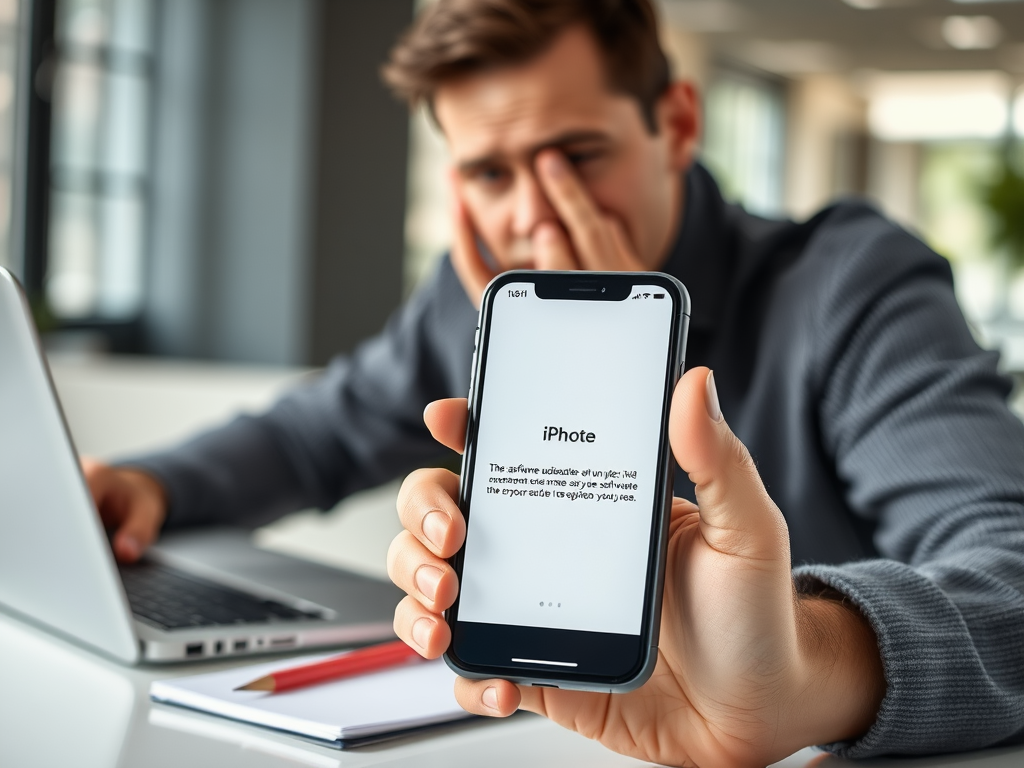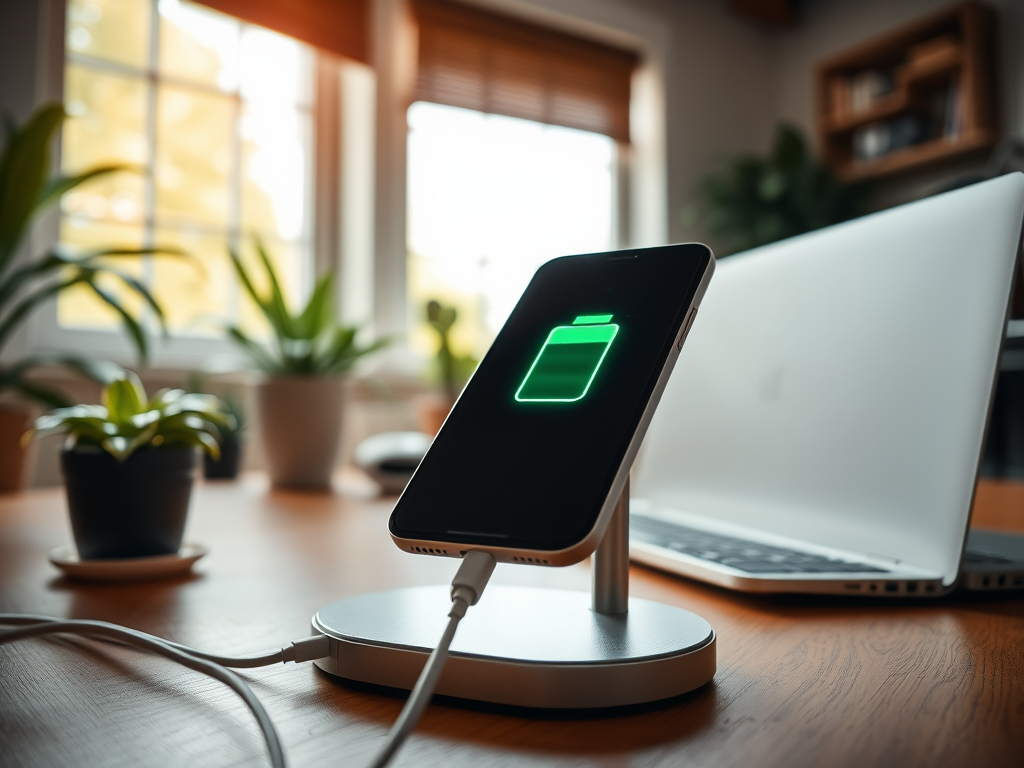Your iPhone is supposed to be a reliable companion, seamlessly integrating into your daily life. However, it can sometimes act up, leaving you puzzled and frustrated. Identifying the underlying issues is essential to restoring its performance and usability. In today’s fast-paced world, a malfunctioning phone can disrupt communication, productivity, and entertainment. Therefore, understanding why your device might be misbehaving can transform a frustrating experience into an opportunity for resolution. This article explores the frequent causes behind an acting-up iPhone and offers practical solutions to get it functioning smoothly again.
Understanding Common iPhone Issues

In the realm of smartphones, the iPhone stands out for its remarkable performance and user-friendly interface. Yet, even the most trusted technology can encounter challenges. It’s essential to recognize that issues can arise from various sources — both internal and external. This understanding helps users respond with informed actions rather than panic, effectively troubleshooting the device. Common issues range from software glitches to physical damage, each requiring a unique approach for resolution. Keeping tabs on these problems is vital for a seamless user experience.
Software Glitches

Software complications are commonly reported as a primary cause of iPhone issues. These glitches may present themselves in various forms, such as apps freezing, unexpected crashes, or lagging performance. Issues can arise from an outdated operating system, conflicts with third-party applications, or even minor bugs within the software. A well-timed update can often resolve several of these issues. Besides, regular maintenance can keep your device functioning optimally and boost its overall reliability. Hence, it’s prudent to stay updated on software versions and app compatibility.
- Application Slowdown
- Random App Crashes
- System Freezes
Hardware Problems
While software issues are prevalent, hardware defects can also significantly affect an iPhone’s performance. A common hardware-related issue is battery health. A faulty or aging battery can lead to sudden shutdowns and prevent the phone from operating efficiently. Additionally, if you’ve recently dropped your phone or exposed it to moisture, you might be dealing with internal damage that hinders functionality. Recognizing these hardware concerns is key to diagnosing problems accurately. If there are signs of wear that suggest physical damage, it may be time for a professional inspection.
- Sudden Shutdowns
- Overheating
- Non-response to Touch Inputs
Storage Issues
Insufficient storage can severely impact your iPhone’s performance, leading to slow operation and erratic behaviors. When your device runs low on available space, it struggles to operate smoothly, which can manifest in slow app launches or lag during multitasking. Frequently, users overlook storage management, leading to a buildup of unused applications, photos, and other files. Regular housekeeping is essential for keeping your iPhone running optimally. By freeing up storage space, you can revitalize your device’s speed and efficiency, allowing you to enjoy a smoother user experience.
Network Connectivity Problems
Network connectivity is crucial for the functioning of many iPhone features. If you’re experiencing trouble connecting to Wi-Fi or cellular networks, various problems could be at play. These connectivity issues can severely limit your ability to send messages or utilize data-intensive applications. Troubleshooting these issues may involve resetting your network settings or checking for service outages with your carrier. Staying connected is essential for an efficient and productive mobile experience, so addressing any connectivity issues promptly is necessary.
| Issue Type | Potential Cause | Suggested Fix |
|---|---|---|
| Software Glitch | Outdated OS | Update to latest iOS |
| Battery Health | Aging Battery | Replace battery |
| Storage Issues | Full Storage | Delete unused files |
| Connectivity Problems | Network Settings | Reset network settings |
Conclusion
When your iPhone exhibits unexpected behavior, identifying the root cause is crucial for resolving the issue effectively. By understanding the common problems, including software glitches, hardware defects, storage limitations, and connectivity troubles, you can take informed steps to troubleshoot your device. Maintaining your iPhone through regular updates and careful management can prevent many of these frustrating occurrences. Remember, knowing how to diagnose the issues is the first step towards reclaiming your device’s performance and usability. So the next time your iPhone acts up, refer to this guide for a structured approach to resolution.
Frequently Asked Questions
- What should I do if my iPhone keeps crashing? Try restarting your device, updating your software, or checking for problematic apps.
- How can I check my iPhone’s battery health? Go to Settings > Battery > Battery Health to view the condition of your battery.
- What is the best way to free up space on my iPhone? Delete unused apps, photos, files, and consider using cloud storage solutions.
- Why is my iPhone running so slow? Possible reasons include software glitches, insufficient storage, or a degraded battery.
- Should I reset my iPhone? A reset can resolve persistent problems, but always back up your data first.



